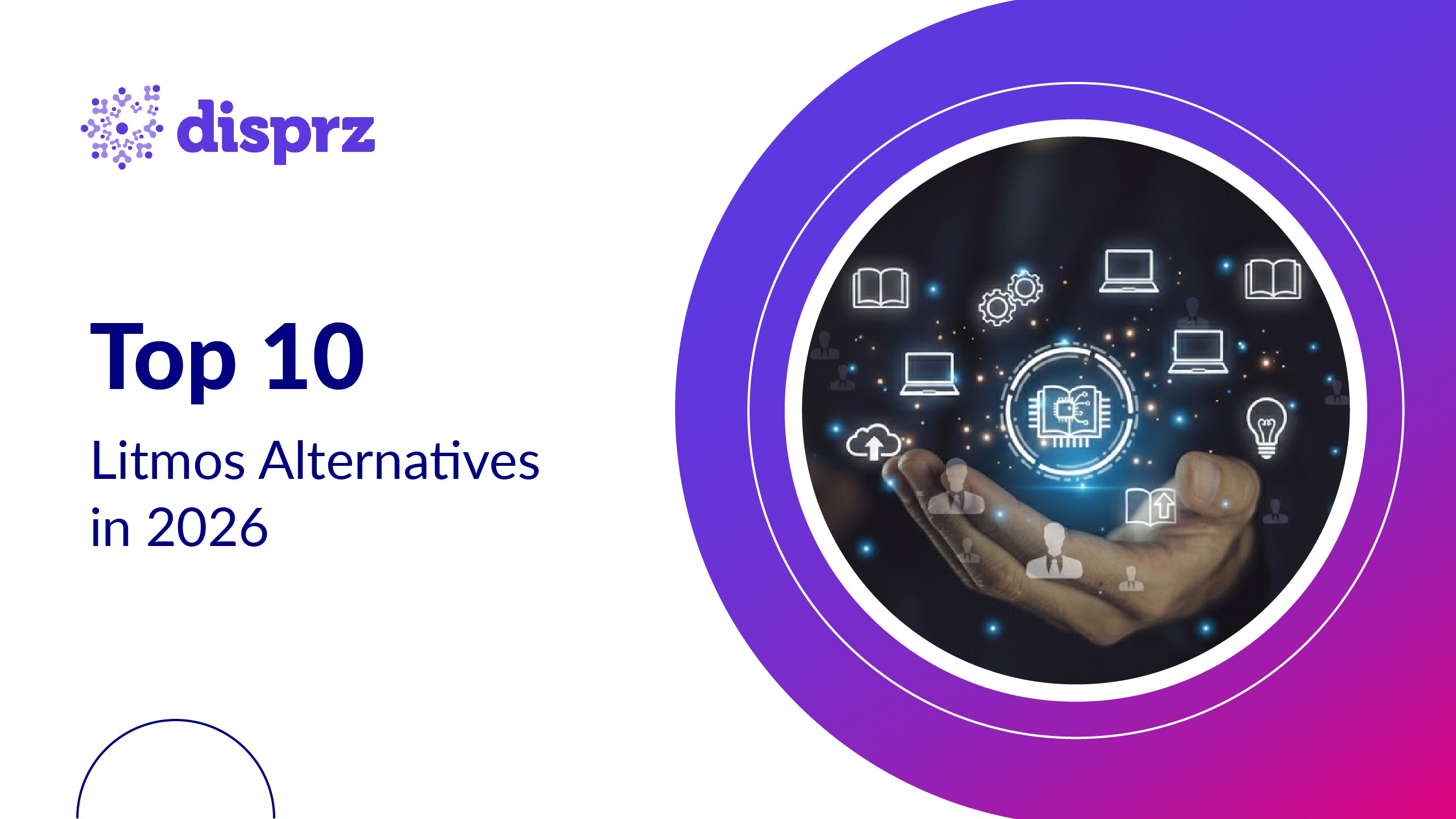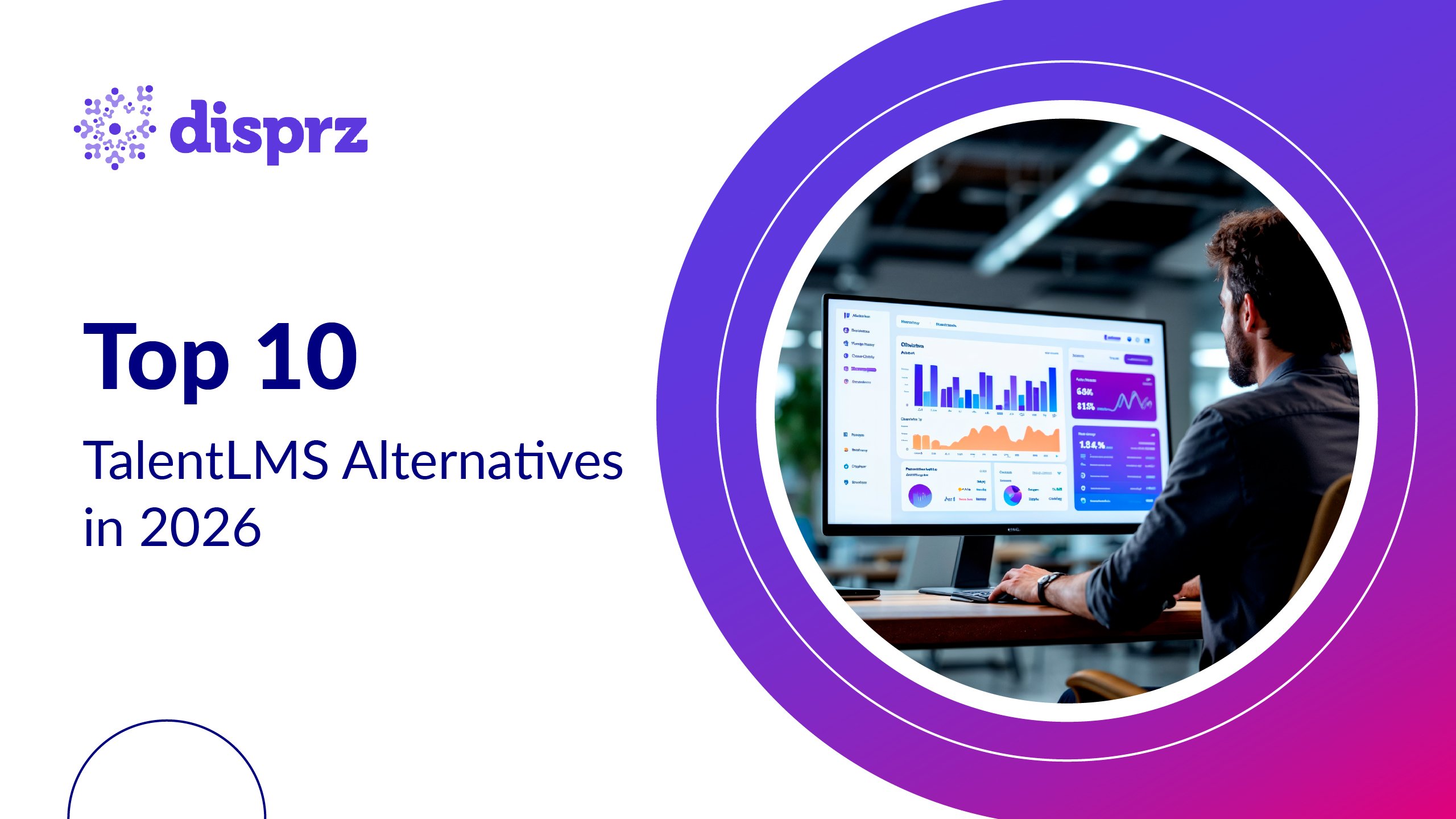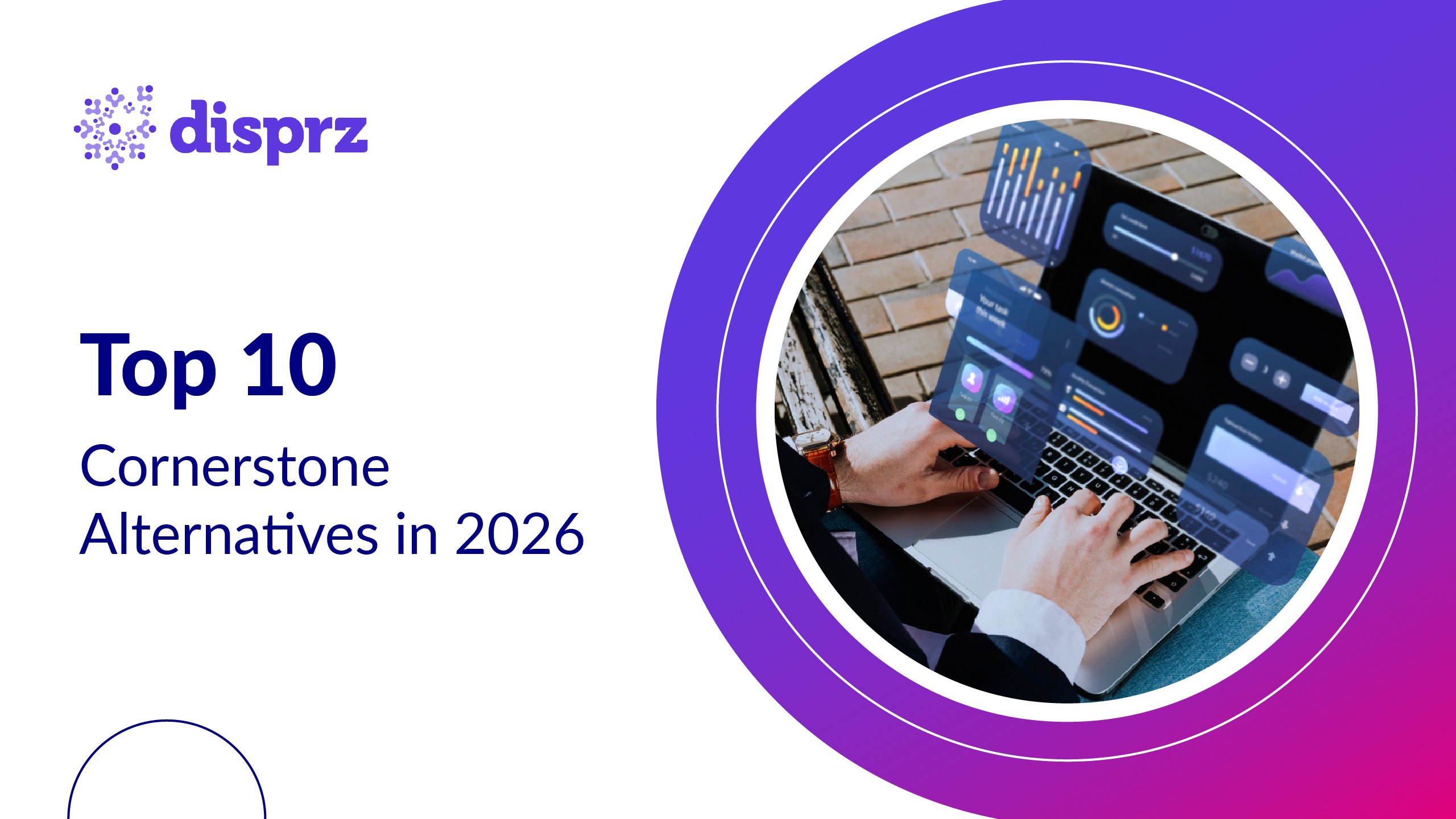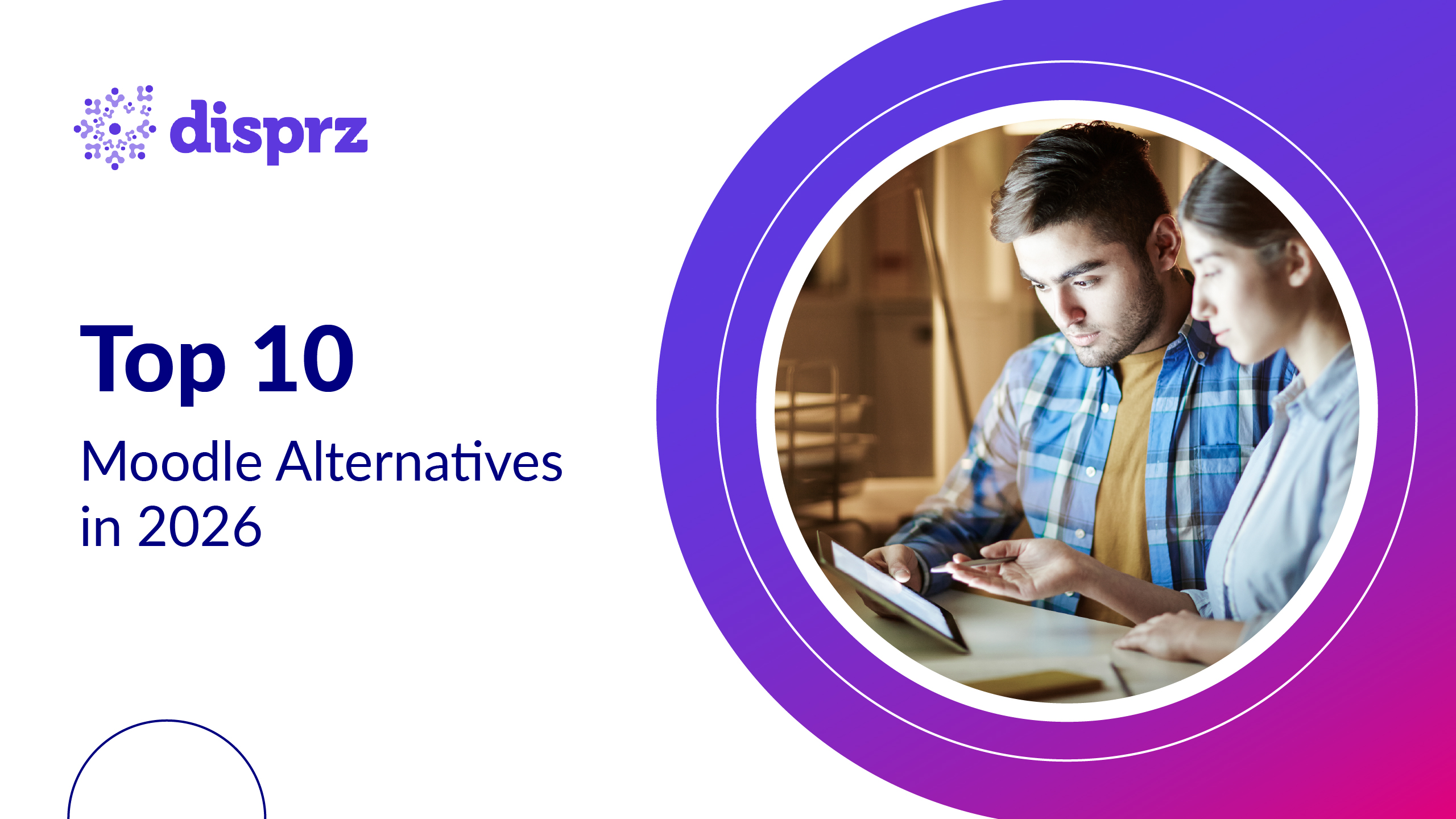The Learning Management System (LMS) market in the Philippines is entering a transformative phase in 2025. Driven by rapid digitalization, a national push for upskilling, and a growing focus on workforce readiness, LMS platforms are evolving; shifting from traditional course-delivery systems to intelligent, outcomes-driven ecosystems.
This shift comes at a crucial time as the Philippines’ workforce undergoes rapid transformation. A widening skills gap, AI-driven automation, and emerging workplace challenges; such as ghost employment and job-hopping; are reshaping how organizations attract, engage, and retain talent. According to the 2025 ASEAN Workforce Outlook, over 15 million jobs in the Philippines are expected to be redefined by 2030, demanding future-ready skills such as AI fluency, digital operations, and data-driven decision-making.
However, traditional training methods are struggling to keep pace; often slow, generic, and disconnected from real business needs. Over the past decade, organizations have adopted LMS platforms to address these gaps. Yet, many legacy LMS tools were designed primarily for compliance tracking and content hosting, lacking the intelligence, engagement, and agility required in today’s fast-moving business landscape.
The demand for modern LMS solutions is accelerating, driven by corporate investments in employee development, government-backed digital education initiatives, and widespread adoption of mobile and cloud-based learning technologies.
These trends are reshaping LMS adoption across two key verticals:
-
Corporate Training: Industries such as BPO, retail, banking, manufacturing, and logistics are leveraging LMS platforms to streamline onboarding, enable continuous learning, and bridge skills gaps. With remote and hybrid work becoming the norm, organizations are prioritizing mobile-first, scalable LMS solutions that support geographically dispersed teams across the archipelago.
-
Workforce Upskilling & Government Program: With a growing youth population and an increasing demand for future-ready skills, the technical education and skills development authority (TESDA) and the Commission on Higher Education (CHED) are driving large-scale upskilling initiatives. LMS platforms play a critical role in delivering vocational, digital, and soft skill programs, particularly in rural and underserved regions.
At the forefront of this digital learning revolution is Disprz, a leading AI-powered learning and skilling platform that has rapidly expanded across Southeast Asia. In the Philippines, Disprz is already enabling top organizations to drive business-impact learning through personalized, mobile-first solutions. From accelerating onboarding and compliance training to delivering data-driven skill development, Disprz is empowering organizations to future-proof their workforce.
What sets Disprz apart in the Philippines’ market is its ability to align learning with business goals; transforming static training programs into dynamic, analytics-driven skilling journeys. With AI-powered skills assessments, automated learning paths, and real-time progress tracking, HR and L&D teams can now measure and optimize learning ROI like never before.
As organizations in the Philippines prepare for the future of work in 2025 and beyond, selecting the right LMS will be key to staying competitive. Whether the goal is to boost employee productivity, meet compliance requirements, or foster continuous learning, modern LMS platforms such as Disprz are set to play a pivotal role in shaping the nation’s learning and skilling ecosystem.
Why You Need an LMS in the Philippines?
Most Philippines-based organizations are under increasing pressure to equip people with future-ready skills. Selecting the best LMS in the Philippines is no longer a luxury; it has become a strategic necessity for organizations navigating digital transformation and ensuring workforce readiness.
Key use cases for an LMS in the Philippines include onboarding large, distributed workforces across multiple islands, enabling continuous professional development in BPOs, and driving digital transformation in banking, retail, and manufacturing. In the education sector, universities and vocational institutes are adopting LMS platforms to facilitate hybrid and remote learning, scale curriculum delivery, and enhance learner engagement.
Local compliance and regulatory needs are also a key driver. Industries such as finance, healthcare, and construction require regular compliance training aligned with government-mandated standards from bodies such as TESDA and the Professional Regulation Commission (PRC). A robust LMS helps organizations track, manage, and report on compliance training efficiently, reducing risk and ensuring strict adherence to evolving regulations. Additionally, as data privacy regulations such as the Philippine Data Privacy Act (PDPA) become more stringent, organizations must ensure that employee and learner data is handled securely; something a modern LMS can facilitate with built-in compliance tracking and reporting.
With the country poised to become Southeast Asia’s digital services hub, organizations are actively evaluating the list of LMS in the Philippines to identify solutions that best support scalable, personalized, and regulation-compliant learning. A next-gen LMS not only enhances training efficiency but also drives tangible business outcomes such as productivity, employee satisfaction, and growth.
Whether you’re an HR or L&D leader looking to future-proof your workforce or an academic institution seeking to modernize learning, a modern LMS provides the tools to streamline training, ensure compliance, and maximize learning impact at scale.
Top 5 Best LMS Platforms in Philippines 2025
Selecting the right LMS platform in the Philippines is crucial for organizations looking to enhance their training and workforce development initiatives. Whether for corporate skilling or compliance training, an LMS solution can drive digital transformation and improve learning outcomes.
Here are the top 5 LMS platforms in the Philippines as of 2025:
1) Disprz
Disprz is a next-generation LMS platform designed for today’s fast-paced, AI-driven world. It helps organizations move beyond traditional training methods to create a dynamic, results-driven learning ecosystem. With its mobile-first, AI-powered approach, Disprz LMS makes learning more accessible, personalized, and directly linked to business performance. It empowers organizations to bridge skill gaps, accelerate workforce readiness, and drive tangible improvements in productivity, career growth, and retention.
Key features that Disprz LMS offers:
Goal-Driven Learning: Ensures training leads to real business impact, linking learning efforts with performance improvements and career growth.
Adaptive, Multi-Format Learning: Supports videos, interactive content, assessments, and real-time feedback, catering to different learning styles and roles.
AI-Enabled Personalization: Uses AI to recommend relevant courses based on learner progress, role, and skill gaps.
Intuitive & Engaging User Experience: A clean, user-friendly interface that makes navigation simple for both admins and learners.
Comprehensive Analytics & Tracking: Provides real-time insights into learning progress, course completion rates, and training effectiveness.
Seamless integrations: Connects effortlessly with HRMS, CRM, helpdesk, and communication platforms such as SAP SuccessFactors, Workday, Salesforce, Zoom, and Microsoft Teams, ensuring a smooth learning experience across workplace tools.
Ratings
As of the latest available data, Disprz holds the following ratings:
G2: 4.5 / 5
Capterra: 4.7 / 5
Pros
-
Easy to use, highly customizable, and supports mobile and offline learning; ideal for organizations with distributed teams.
-
AI-driven learning recommendations and skill assessments enhance engagement and training effectiveness.
Cons
-
Some advanced features require customization, depending on specific organizational needs.
Disprz Pricing
Disprz offers flexible pricing plans that scale with your business needs. To explore the best plan for your organization, book a demo today and experience how Disprz can transform learning in your workforce.
For a customized pricing plan that fits your organization's needs, schedule a consultation today.
2) Moodle
Moodle is a widely used open-source learning platform that enables organizations to design, manage, and deliver online training programs at no cost.
Key Features
-
Mobile-friendly access
-
Interactive learning tools
-
Flexible customization options
-
Comprehensive course management
Ratings
G2: 4.1 / 5
Capterra: 4.3 / 5
Pros
Being open-source, Moodle allows full customization, making it adaptable to various training needs.
It has a strong global community that continuously contributes plugins and updates, enhancing functionality without additional costs.
Cons
The high degree of flexibility can lead to inconsistent course layouts, requiring careful design for a seamless user experience.
As a self-hosted solution, organizations may require dedicated IT resources for setup, maintenance, and troubleshooting.
Moodle Pricing
Moodle is free to use, but costs may apply for hosting, advanced customizations, or third-party integrations. For detailed pricing and service options, visit Moodle’s official website.
3) Ruang Guru LMS
Ruang Guru is a cloud-based learning platform designed to support online education and corporate training in Indonesia and other Southeast Asian markets.
Key Features
-
Mobile-first learning experience
-
AI-driven personalized learning paths
-
Live classes and interactive assessments
-
Multi-language support
Ratings
G2: Not available
Capterra: Not available
Pros
-
User-friendly interface with strong mobile compatibility, making learning accessible anytime, anywhere.
-
Extensive content library and interactive features enhance learner engagement and retention.
Cons
-
Primarily focused on academic learning, which may limit customization for corporate training needs.
-
Limited third-party integrations compared to other LMS platforms, which may affect scalability for large organizations.
Ruang Guru Pricing
Pricing varies based on learning modules and features. For detailed information on plans and services, visit Ruang Guru’s official website.
4) SAP SuccessFactors LMS
SAP SuccessFactors Learning is a cloud-based training platform that helps businesses manage employee development, compliance training, and upskilling at scale.
Key Features
-
AI-powered learning recommendations
-
Compliance and certification tracking
-
Integration with HR and talent management systems
-
Mobile-friendly and multi-device access
Ratings
G2: 3.6 / 5
Capterra: 4.0 / 5
Pros
-
Seamless integration with HR systems, making it ideal for large organizations focused on workforce development.
-
Strong reporting and analytics capabilities help organizations track learning effectiveness and compliance.
Cons
-
Complexity in configuration and navigation may require additional training for administrators and users.
-
Higher implementation and maintenance costs compared to other LMS solutions, making it less suitable for smaller organizations.
SAP SuccessFactors LMS Pricing
Pricing depends on organizational size and required features. For the latest details on plans and implementation costs, visit SAP SuccessFactors' official website.
5) Cornerstone OnDemand
Best suited for
Large organizations with complex training needs and strict compliance requirements.
Cornerstone OnDemand is a well-established learning management system designed for organizations that require scalable learning solutions with compliance tracking and performance-linked training. It is widely used by organizations needing a structured, centralized approach to learning with deep integrations into HR and workforce management tools.
Key Features
-
Centralized platform for managing training content and learner progress
-
Compliance tracking with automated audit reports
-
Learning analytics for performance monitoring
-
Mobile-friendly access for flexible learning
Ratings
G2: 4.0 / 5
Capterra: 4.3 / 5
Pros
-
Comprehensive toolset for training and compliance in regulated industries
-
Highly configurable to suit diverse learning requirements
Cons
-
Can be complex to set up and navigate for new users
-
Higher costs may not be ideal for smaller organizations
Cornerstone OnDemand Pricing
Cornerstone offers custom pricing based on the organization’s size, required features, and chosen modules. Prospective buyers should contact the vendor for a personalized quote.
Buyer’s Guide: How to Choose the Right LMS in the Philippines
Choosing the right LMS is not just about checking off features; it’s about preparing your workforce for the future. In the Philippines, where businesses are undergoing rapid digital transformation, the ideal LMS must go beyond basic training to deliver scalable, AI-driven, and outcome-focused learning experiences.
Here’s what to consider:
1) Compliance with PDPA and Local Data Regulations
Ensure the LMS complies with the PDPA to protect employee and learner data. It should have built-in security features, clear data governance policies, and, if using cloud storage, compliance with local hosting regulations.
2) Industry-Specific Compliance and Certifications
Organizations across industries such as BPO, banking, healthcare, and government must meet compliance requirements for workplace training. Whether it’s TESDA for vocational education or Department of Labor and Employment (DOLE) for labor standards, an LMS should enable automated training, certification tracking, and real-time compliance reporting.
3) Scalability for Workforce and Business Growth
As organizations expand, an LMS should support increasing users, job roles, and evolving training demands without affecting system performance. It should be flexible enough to handle corporate upskilling, onboarding, and other learning needs.
4) Support for Multi-Language and Regional Learning
The Philippines has a diverse, multilingual workforce. An LMS must support English, Filipino, and regional dialects to ensure effective learning experiences across locations.
5) AI-Powered Personalization and Skills-Based Learning
A modern LMS should use AI-driven analytics to recommend courses, identify skill gaps, and personalize learning paths based on role, department, or individual career goals.
6) Mobile-First and Offline Learning Capabilities
With a workforce spanning remote locations, retail, and field-based industries, mobile learning is essential. The LMS should offer seamless mobile access and offline learning to ensure continuous education without internet dependency.
7) Integration with HR and Business Tools
A strong LMS should integrate with HR systems, productivity tools, and third-party content providers, creating a connected learning ecosystem that enhances workforce development and operational efficiency.
8) Customization and Flexibility for Philippines’ Businesses
Every organization has unique training needs. An LMS should offer custom branding, adaptive workflows, and real-time learning analytics tailored to business goals.
9) Measurable ROI and Cost-Effectiveness
Investing in an LMS should deliver measurable impact. Look for platforms that provide data-driven insights into training effectiveness, employee performance, and business growth while ensuring affordability.
Based on these key criteria; AI-powered learning, business adaptability, scalability, and compliance; Disprz emerges as a leading choice among modern LMS platforms in the Philippines. With a mobile-first approach, support for multilingual content, and deep integration capabilities, Disprz is designed to empower organizations in an increasingly digital and skills-driven economy. For organizations and institutions navigating the shift from traditional learning systems to future-ready digital platforms, Disprz offers the intelligence, agility, and engagement needed to stay ahead.
Frequently Asked Questions (FAQ)
1) What are the key challenges in implementing an LMS in the Philippines?
Organizations in the Philippines encounter multiple challenges when adopting an LMS, including ensuring accessibility for a geographically dispersed workforce, particularly in remote and provincial areas. A mobile-friendly platform with offline learning capabilities is essential for industries such as BPO, retail, and manufacturing. Seamless integration with existing HR, payroll, and business systems is also a priority to ensure smooth operations. Additionally, organizations must navigate compliance requirements, such as PDPA, and efficiently migrate existing learning data while minimizing disruptions to ongoing training programs.
2) How can an LMS help with compliance training in the Philippines?
An LMS is a vital tool for managing compliance training across industries such as healthcare, finance, and construction, where employees must stay updated on local regulations set by government bodies such as TESDA and PRC. It enables organizations to automate training assignments, track completion rates, and generate compliance reports, ensuring adherence to regulatory standards while reducing administrative workload.
3) What factors should organizations in the Philippines consider when selecting an LMS?
Key considerations include mobile accessibility, scalability, and compliance with local laws such as PDPA. Integration with HR and payroll systems ensures seamless workflows, while multilingual support is crucial for organizations with a diverse workforce. Additionally, an LMS should offer flexible content formats such as video lessons, interactive quizzes, and AI-driven recommendations to enhance engagement and learning outcomes.









